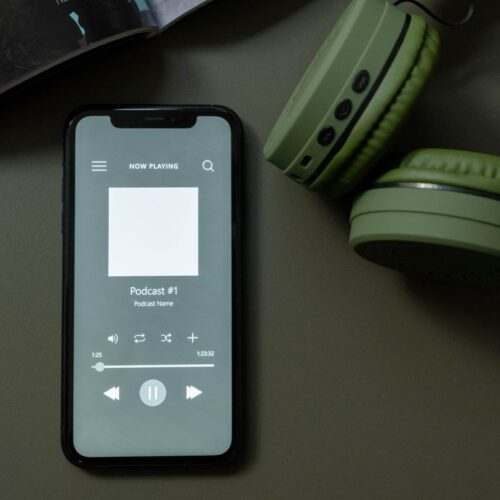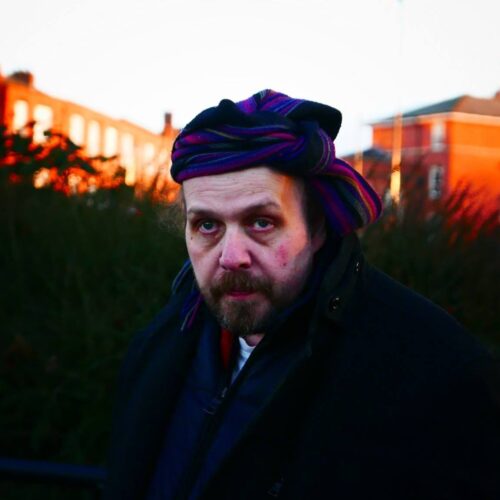
Composing for unusual instruments
There are lots of people writing music in the world, and a plethora of instrumentalists too, but it can often be difficult to be noticed.

In my line of work I often come across what I call the ‘generic flute piece’ – a basically well constructed piece for flute which does most things right and works well for the instrument but lacks imagination and falls gently into the stereotype along with literally hundreds of other pieces. For the most common instruments, there are numerous books documenting playing techniques and countless works which can be used as study material for composers, and as a result they are relatively easy to write for reasonably successfully.
However, for composers who are willing to dig a bit deeper and do a bit more research, writing for unusual instruments can fuel the imagination and help to hone compositional skills. By unusual, I mean anything that lies slightly outside of the standard orchestral line-up; think woodwind doubling instruments (such as alto flute, cor anglais, bass clarinet), baroque instruments (harpsichord, viola d’amore, baroque flute, lute), non-orchestral instruments (accordion, euphonium, harmonica) and non-western instruments (tabla, sitar, bansuri, balalaika). Players of some of these instruments may have a narrower repertoire choice than the standard orchestral instruments, and may well be willing to spend time demonstrating the possibilities of the instrument and the techniques of playing. Approaching an unusual instrument may allow the composer more scope for the imagination, since there is less of a likelihood of being restricted by the information available in books, and any new ideas could be adapted in conjunction with a player to make them practical for performance.
There are obviously some things to take into consideration. Access to unusual instruments can be limited, so projects tend to rely on the commitment of a player, both to demonstrate the instrument and to perform the piece. If the instrument is scarce, it is unlikely that you’ll make vast sums of money in publishing the work, and you may not get hundreds of performances; having said that, however, the opportunity exists to write pieces that, providing they are suitably well-written and imaginative, become noticed, absorbed into the repertoire and develop longevity. Unusual instruments give the composer the chance to ‘think outside the box’, be creative and try things they might not otherwise have done. They provide challenges, taking the composer out of their comfort zone, and unusual sounds which can be used in interesting ways.
My advice would be to begin with reasonably short solo pieces (no longer than 7 minutes), as they are easy to programme and thus provide the most opportunities for performance. If you plan to use these instruments within an ensemble context, check first that an ensemble exists with the line-up you require (or who might be able to hire in an extra player or two), and make full use of the unusual instrument. If it is going to cost extra money for an ensemble to programme your music, make sure it’s money well spent. I doubt any ensemble would find the money to employ someone just to play a few notes, no matter how good the piece is!
Let us know how you get on.






Some good advice , thank you Carla. It’s an area in which to expand one’s horizons, and learn a lot in the process.